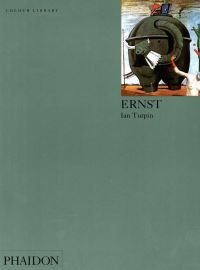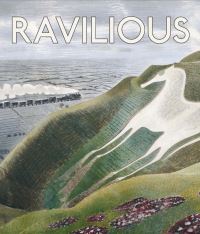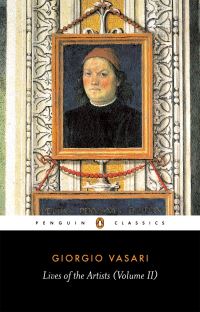Description
The modern art market was born on a single night. On 15 October 1958 Sotheby’s of Bond Street staged an ‘event sale’ of Impressionist paintings from the collection of an American banker, Erwin Goldschmidt: three Manets, two Cézannes, one Van Gogh and a Renoir. Movie stars and other celebrities attended in black tie and saw the seven lots go for £781,000 – at the time the highest price for a single art sale.
Overnight, London became the world centre of the art market and Sotheby’s an international auction house. The event signalled a shift in power from dealers to auctioneers and pointed the way for Impressionist paintings to dominate the market for the next forty years. In this climate Sotheby’s and Christie’s became a great business duopoly – as aggressive, dominant and competitive in the field of art sales as Pepsi and Coca-Cola were in soft drinks. The resulting expansion of the market was accompanied by rocketing prices, colourful scandals and legal dramas. Over the decades, London transformed itself from a place of old master sales to a revitalised centre of contemporary art, a process crowned by the opening of Tate Modern in 2000.
James Stourton tells the story of the London art market from the immediate postwar period to the turn of the millennium in engaging and fast-paced style, populating his richly entertaining narrative with a glorious rogues’ gallery of clever amateurs, eccentric scholars, brilliant emigrés, cockney traders and grandees with a flair for the deal.




